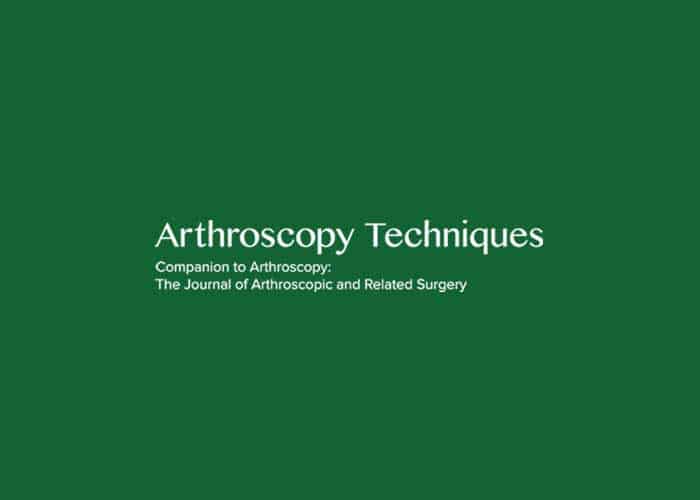
Authors:
Edward R. Floyd M.S., Gregory B. Carlson M.D., Robert F. LaPrade M.D., Ph.D.
Abstract:
Patellar tendon rupture is an infrequent cause of disability in patients younger than 40 years, with chronic injury and repeat procedures creating difficulty in facilitating healing. Use of hamstring autograft to reinforce the repair has been reported to strengthen the repair construct in patients with previous failure or chronic injury. This technique describes utilization of gracilis and semitendinosus tendon autografts to reconstruct the patellar tendon in a case of primary repair failure.
Patellar tendon rupture is a less common cause of extensor disruption than patella fracture or quadriceps tendon rupture, affecting chiefly skeletally mature adults younger than 40 years.1,2 It has been associated with corticosteroid use, systemic lupus erythematosus, diabetes mellitus, chronic renal disease, and trauma.1,3 Patellar tendon degeneration resulting from repetitive microtraumas or age-related changes frequently underlies traumatic rupture in older patients.3 Traumatic injury in younger patients has been reported to occur as an eccentric load is applied to a flexed knee with patellar tendon taut, with the most force applied to the extensor mechanism occurring with quadriceps contraction at 60 degrees of knee flexion.4 The tendon is more frequently torn from its proximal or distal musculotendinous junction (Fig 1), but intrasubstance stretch injury of the tendon has been reported in patients with open physes.1 Repair is usually indicated in the acute setting to avoid retraction and fibrosis. However, in the presence of a failed repair or morbidity or pathology causing significant disruption of the patellar tendon, a reconstruction may be necessary. Here, we describe a reconstruction technique with hamstring autografts for a failed patellar tendon repair for which a revision repair was not possible.
Read the study: Patellar Tendon Revision Reconstruction With Hamstring Tendon Autografts
